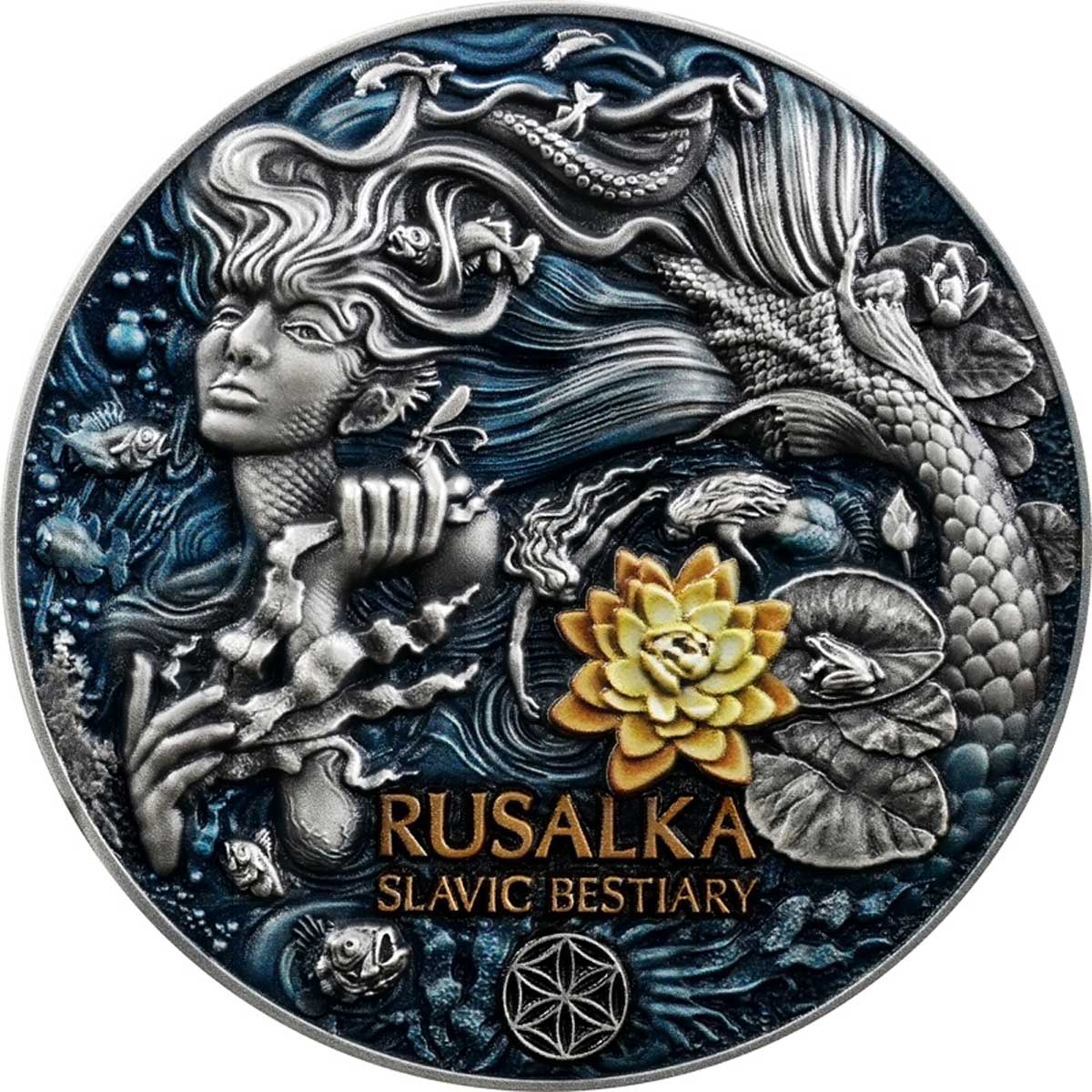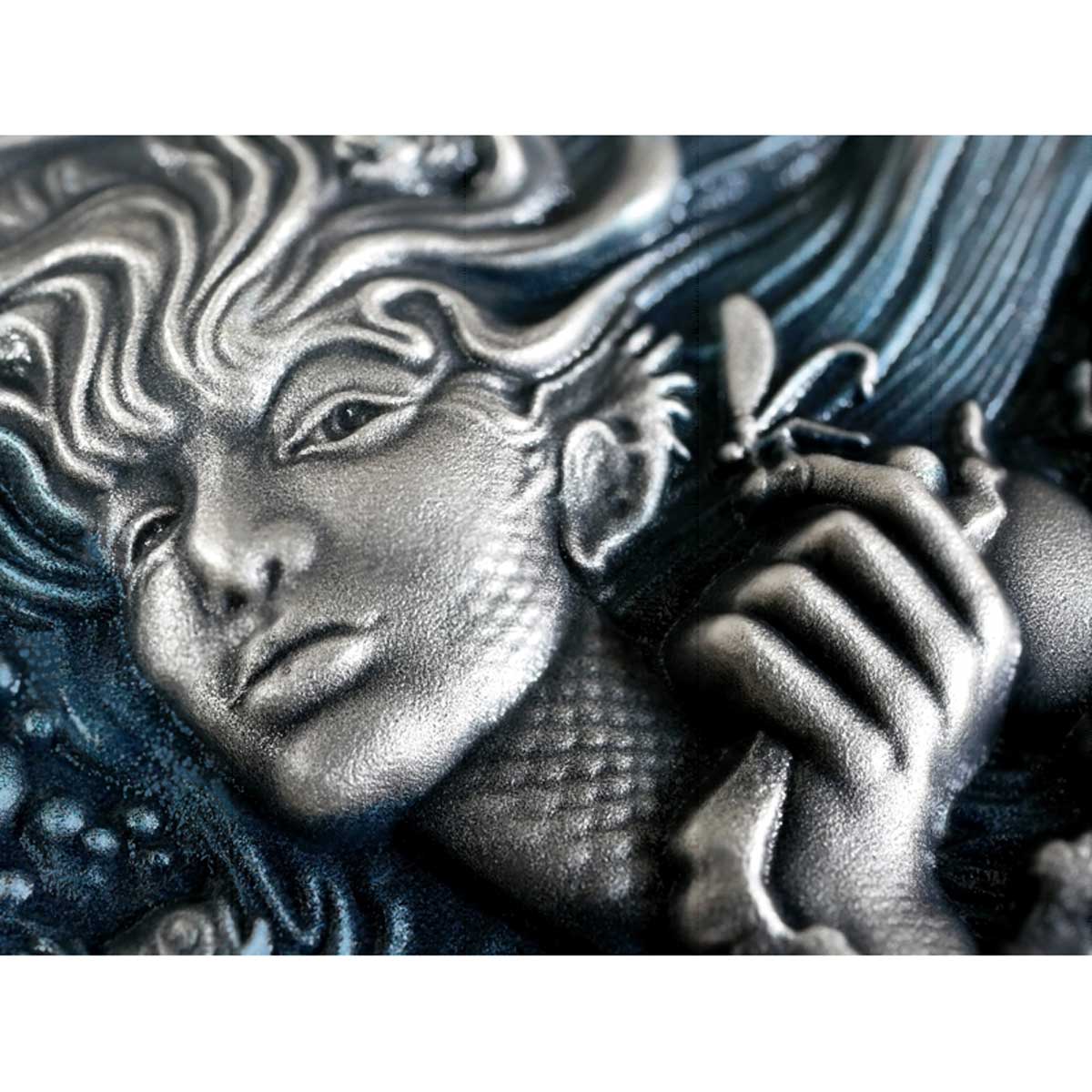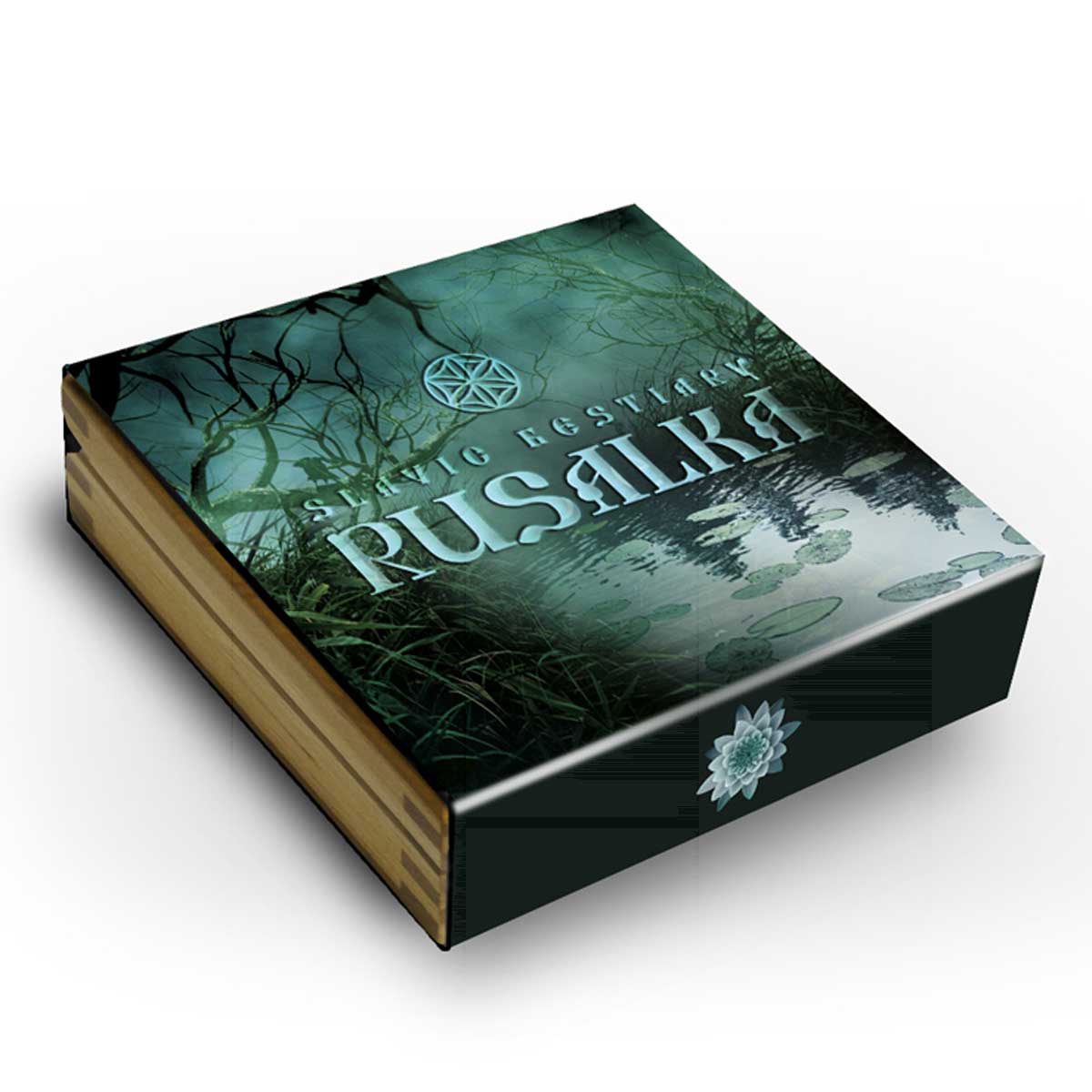The mysteries of Eastern European folklore are a fertile ground for the new Slavic Bestiary silver coin series
Regular readers will know that the many mythologies of the world’s cultures have been a huge part of the modern coin industry, just as they were in ancient times. The genre has attracted some of the best coin artists working today and we’ve seen some quite outstanding designs as a result. The Mint of Poland, CIT, Numiscollect, Precious Metal Collectors, Mint XXI and more, have used the genre to raise standards to previously unheard of levels.
However, the choice of subjects within that genre has been heavily biased, firstly towards the Norse and Egyptian gods, then the Greco-Romans, and recently the Chinese. We’re seeing the wings spread wider of late, with the MesoAmerican and East Asian cultures getting attention, but the fascinating tales of the Eastern European Slavic world have largely gone untold. The Mint of Poland has a series called Slavic Gods, but it isn’t one of their best, but now the Mint of Gdansk have jumped in with a superb new release – the first in the Slavic Bestiary series.
The Slavic peoples have their own unique beliefs, not centred around the clouds or the deep earth, as with the Greco-Romans, but rather in the forests and rivers around them. The Rusalka, the subject of the first coin, is a perfect example of that (more lower down). The aquatic, mermaid-like entity is depicted on the coin in water and it’s quite stunning. There’s a beautiful sense of movement in a scene that fills the reverse face, all brought to life in high relief. The blue wash to the antique finish gives a great backdrop to the Rusalka, and the coloured lily looks terrific. There’s so much going on it’s hard to take it all in at first glance. The deep-sea fish in the background are a nice touch.
The obverse has a wide border in which a montage of beastie bits and habitats are intermingled into a whole. Given the design, we’re going to assume this will be common to the series moving forward. It’s one of the best we’ve seen. Packaging is pretty standard – a wooden box with a themed slipcover, and there’s a certificate of authenticity for each of the 500 to be struck. At three ounces, this isn’t a budget item, but it’s a superb debut for a series looking at an overlooked aspect of the world’s ancient and medieval superstitions. Available now directly from Mennica Gdanska (at an introductory price), or from participating dealers.
RUSALKA
According to Vladimir Propp, the original “rusalka” was an appellation used by pagan Slavic peoples, who linked them with fertility and did not consider rusalki evil before the 19th century. They came out of the water in the spring to transfer life-giving moisture to the fields and thus helped nurture the crops.
In 19th-century versions, a rusalka is an unquiet, dangerous being who is no longer alive, associated with the unclean spirit. According to Dmitry Zelenin, young women, who either committed suicide by drowning due to an unhappy marriage (they might have been jilted by their lovers or abused and harassed by their much older husbands) or who were violently drowned against their will (especially after becoming pregnant with unwanted children), must live out their designated time on Earth as rusalki. However, the initial Slavic lore suggests that not all rusalki occurrences were linked with death from water.
It is accounted by most stories that the soul of a young woman who had died in or near a river or a lake would come back to haunt that waterway. This undead rusalka is not invariably malevolent, and would be allowed to die in peace if her death is avenged. Her main purpose is, however, to lure young men, seduced by either her looks or her voice, into the depths of said waterways where she would entangle their feet with her long red hair and submerge them.
Her body would instantly become very slippery and not allow the victim to cling on to her body in order to reach the surface. She would then wait until the victim had drowned, or, on some occasions, tickle them to death, as she laughed. It is also believed, by a few accounts, that rusalki can change their appearance to match the tastes of men they are about to seduce,[citation needed] although a rusalka is generally considered to represent universal beauty, therefore is highly feared yet respected in Slavic culture.(Source: Wikipedia)
| SPECIFICATION | |
| DENOMINATION | 2000 Francs CFA (Cameroon) |
| COMPOSITION | 0.999 silver |
| WEIGHT | 93.3 grams |
| DIMENSIONS | 55.0 mm |
| FINISH | Antique |
| MODIFICATIONS | Ultra high-relief, colour, gilding |
| MINTAGE | 500 |
| BOX / C.O.A. | Yes / Yes |






The coin is beautiful, I can’t wait for the next ones.
I love the subject of Slavic Beasts and legends. This coin will definitely be in my collection!